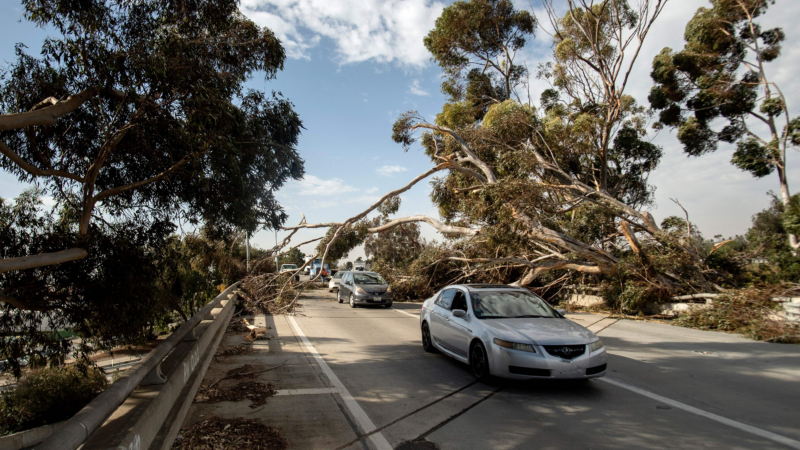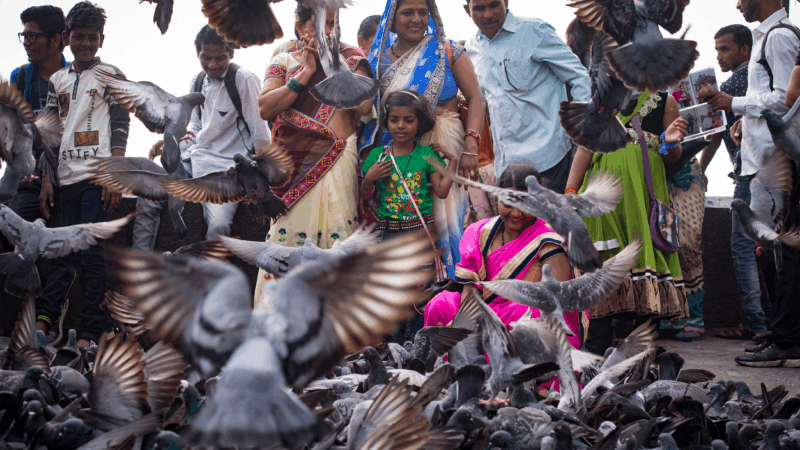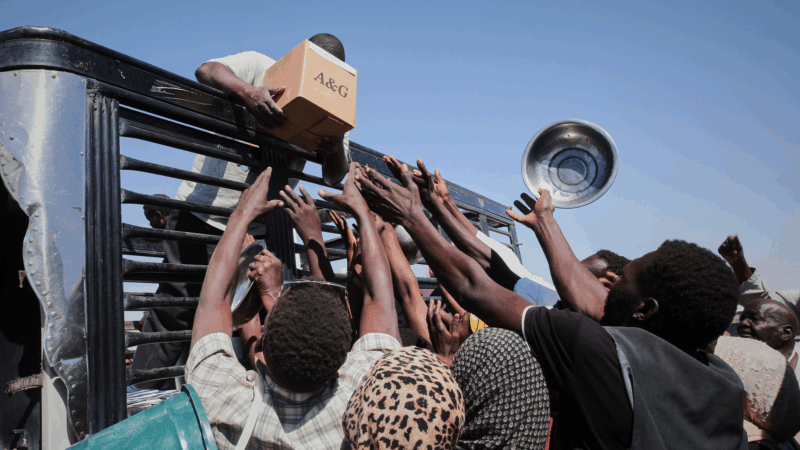Here’s what to do if you’re caught driving in high winds, tornadoes or dust storms
Windy weather can kick up at a moment’s notice — and if you’re behind the wheel, you may have little time to react.
Strong winds can jostle your vehicle and others on the road, topple power lines and litter the ground with debris. Other powerful, windy weather phenomena, such as dust storms or tornadoes, present their own problems, too. Last month, dust storms in Texas and Kansas reduced visibility on roads, resulting in multi-car pileups that killed at least 11 people.
This week, “a potent spring storm” is forecast to sweep through parts of the Plains, Midwest and South, according to the National Weather Service, bringing the likelihood of powerful, even life-threatening winds.
“Wind is unlike many other hazards because you really can’t see it,” says Bill Van Tassel, who manages AAA’s driver training programs.
Here are some expert tips for drivers on staying safe when it’s windy out — and what to do if you’re caught in dangerous conditions.
Check the forecast before you go
One way to avoid driving in potentially dangerous winds is to stay off the road in the first place. Check the weather forecast before you leave and, if possible, delay or cancel your travel plans if treacherous conditions are predicted.
“Driving safely in windy conditions begins with not driving in windy conditions,” Van Tassel says.

The National Weather Service issues high wind warnings when it expects sustained winds to reach at least 40 miles an hour and gusts to reach at least 58 miles per hour. The service also publishes tornado watches and warnings, plus advisories and warnings for blowing dust that can diminish visibility.
Keep your vehicle under control
If you do get caught out in windy weather, it’s important to slow down, keep both hands on the wheel and give yourself some space to maneuver if you have to act quickly.
“You might have to steer suddenly toward the wind just to keep your car going straight,” Van Tassel says.
Be aware of the other vehicles on the road that are in front of, behind and next to you. They could get knocked in your direction by a strong gust. In particular, keep an eye out for larger vehicles, which are more likely to be pushed around or even toppled by heavy winds.
Pull over if you need to, but be careful
If you see other cars getting blown around by severe wind, you might want to pull over onto the shoulder and wait for the weather to pass, Van Tassel says. You can activate your hazard lights to let other motorists know you’re there.
In a dust storm, pull over and even leave the roadway if you can, but turn all your lights off and take your foot off the brake. According to the NWS, crashes sometimes occur during dust storms when drivers use other cars’ lights to steer themselves toward safety.
“Vehicles approaching from the rear and using the advance car’s lights as a guide have inadvertently left the roadway and in some instances collided with the parked vehicle,” according to the service.
The NWS also says that drivers should not park under trees or other objects that could fall on their vehicle, and should never stop in the roadway itself.
Look out for debris and tornadoes
High winds can bring down trees, knock over power lines and send other material tumbling into the roadway, creating hazards for drivers. In more extreme cases, tornadoes can launch debris through the air.
Ready.gov, an emergency preparedness website from the federal government, says you can try to move out of the path of a distant tornado by driving away from it at right angles.
But if you encounter a twister while driving and can’t make it to a tornado shelter, Van Tassel says the best strategy is to get out of your vehicle and get into a low position in an area below ground level, such as a ditch or a ravine.
“Staying in your vehicle might sound good on the face of it,” Van Tassel says. But “rollover-type crashes are very deadly, and being picked up by a tornado [in] your vehicle would be like being in the worst rollover crash imaginable.”
It’s not a good idea to stop under a bridge or an overpass, either. The NWS says blocking traffic could lead to accidents, and you won’t be protected from flying debris or the potential collapse of the bridge itself.
And if you come across a downed power line, make sure to not drive over or touch it.
Light from satellites will ruin majority of some space telescope images, study says
Astronomers have long been concerned about reflections from satellites showing up in images taken by telescopes and other scientific instruments.
Defense Department is reviewing boat strike video for possible release, Hegseth says
In a speech on Saturday, Defense Secretary Pete Hegseth defended the strikes, saying: "President Trump can and will take decisive military action as he sees fit to defend our nation's interests."
Bama, Miami in, Notre Dame out and Indiana No. 1 in College Football Playoff rankings
Nobody paying attention for the past 24 months would be surprised to see Indiana – yes, Indiana – leading the way into this year's College Football Playoff.
McLaren’s Lando Norris wins first F1 title at season-ending Abu Dhabi Grand Prix
Red Bull driver and defending champion Max Verstappen won the race with Norris placing third, which allowed Norris to finish two points ahead of Verstappen in the season-long standings.
A ban on feeding pigeons ruffles lots of feathers in Mumbai
The pigeon population has exploded — a result of people feeding the birds. For some it's a holy duty and a way to connect to nature. Critics point to health risks tied to exposure to pigeon droppings.
UN humanitarian chief: world needs to ‘wake up’ and help stop violence in Sudan
The UN's top humanitarian and emergency relief official has told NPR that the lack of attention from world leaders to the war in Sudan is the "billion dollar question".








